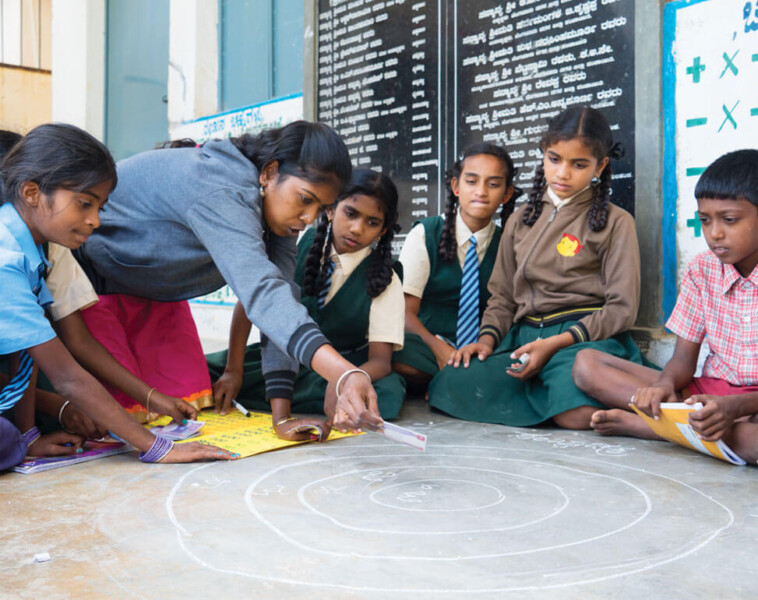Chronicling Nobel Laureates’ 20-Year Journey with Pratham

Later this week in Stockholm, the Nobel Prize in Economics will be awarded to our friends and research partners Abhijit Banerjee and Esther Duflo (along with Michael Kremer) for their scientific approach to evaluating social sector innovations. Much of their research has involved extensive assessments of the impact of Pratham’s programs through randomized control trials.
In an article for “Ideas for India,” Pratham CEO Dr. Rukmini Banerji chronicles the 20-year collaboration between Pratham and the Nobel laureates starting with their first meeting in a cramped Mumbai office in 1999.
According to Dr. Banerji’s in-depth account, the pair—who founded MIT’s Abdul Latif Jameel Poverty Action Lab (J-PAL) in 2005—are inextricably intertwined with Pratham’s history. “Our work together,” she explains, “has been fueled not only by the need to know ‘what works’ but also guided by what is the new question that we need to explore to make the current work even stronger.”
It was in the early days of the Balsakhi program, a Pratham initiative designed to help children who were lagging behind in school, that the idea of external impact evaluation crystalized: “We were convinced that the remedial effort was making a difference,” Banerji recalls. “However, we had never had a third party take a closer look at what was going on.”
Enter Banerjee and Duflo. The two would prove to be indispensable partners as Pratham ventured from cities into villages. As we branched into new geographies, they periodically tracked and studied our progress, allowing us to refine our work while expanding our reach exponentially to millions of children.
“We experimented a lot with how to work with children so that they picked up reading and math quickly,” Banerji writes. “If a child has already been in school for a few years and has still not acquired foundational skills of reading and arithmetic, it was important to help the child pick up these capabilities quickly so that they could catch up and get to where they were expected to be in terms of their grade.”
The result of this continuous evolution of Pratham’s approach–with its ever-changing nomenclature (Balsaki… CAMaL… Read India… Learning Camps)—is Teaching at the Right Level, a breakthrough methodology that, according to the J-PAL researchers, leads to some of the most substantial, most cost-effective learning gains of any primary education program.
“Right from the initial Balsakhi study, we have truly been equal partners,” Dr. Banerji concludes. “This journey would have been far less productive and certainly less exciting if Abhijit and Esther had not travelled with us the whole way.”
Read more about our journey to arrive at a successful solution to the problem of poor learning outcomes.
